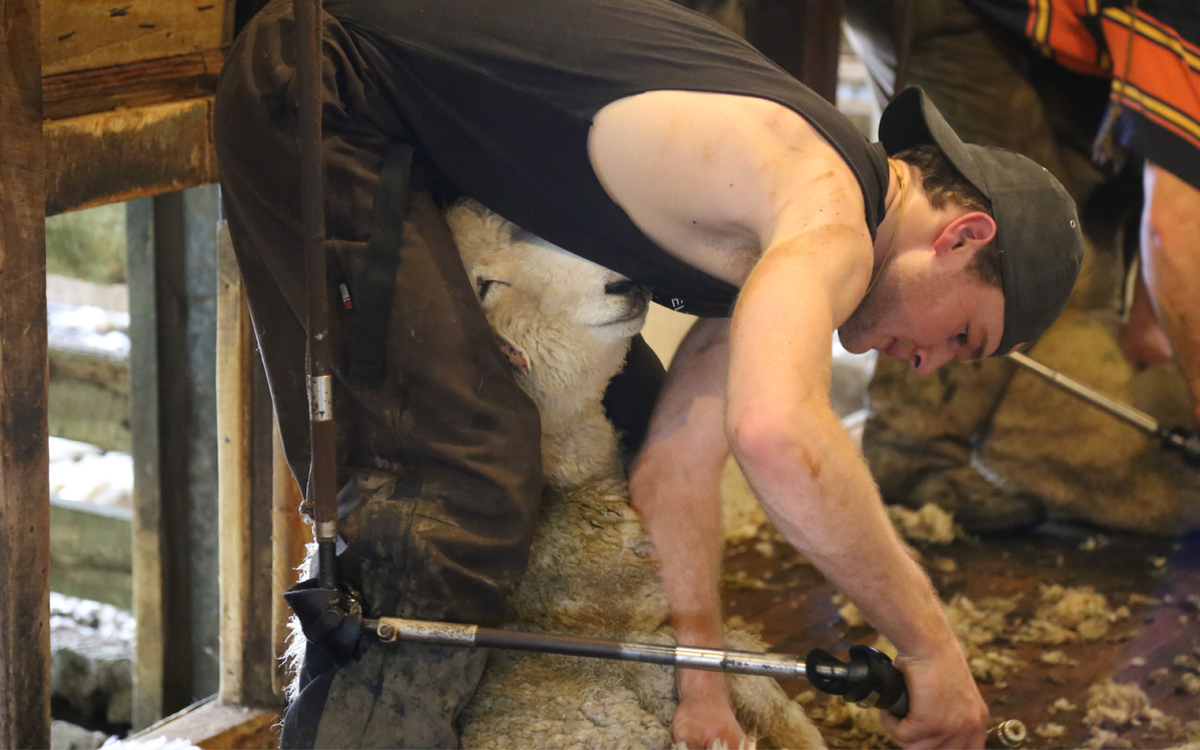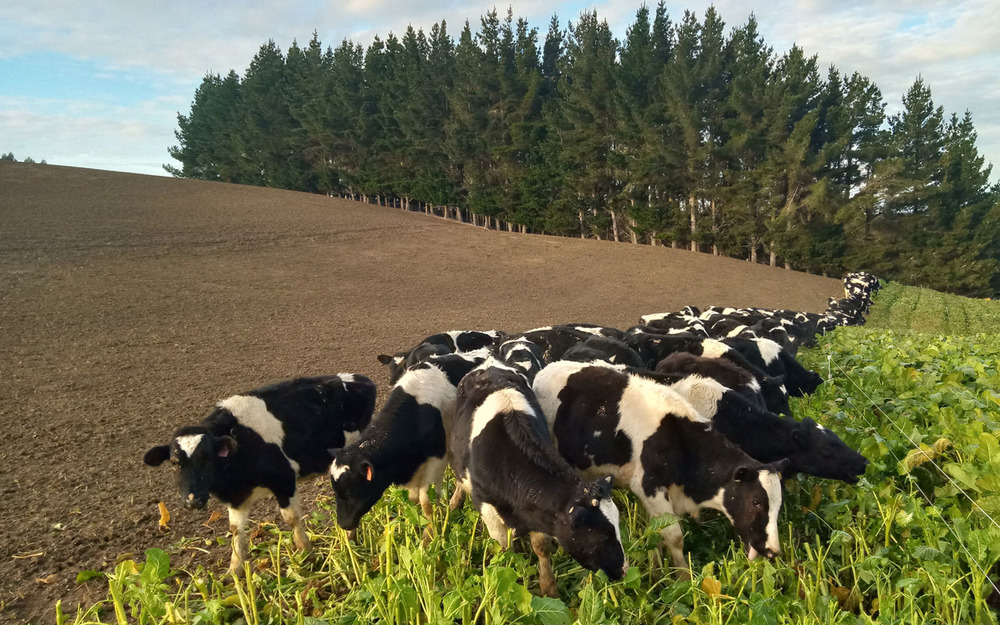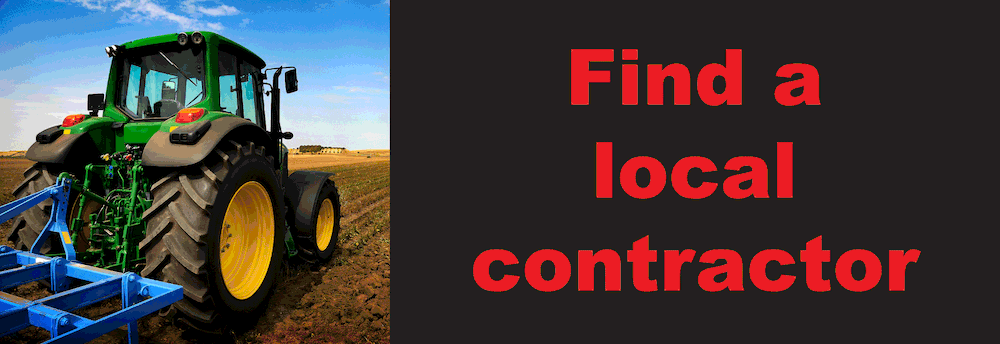Shearing industry hopes international workforce will be able to return this summer
Marjorie Cook
15 September 2020, 12:22 AM
 The Southland shearing industry faces an uncertain spring and summer. PHOTO: Unsplash
The Southland shearing industry faces an uncertain spring and summer. PHOTO: UnsplashSouthern shearing contractors say it is not yet clear how COVID-19 travel restrictions will affect the international workforce of wool handlers and shearers hoping to return to New Zealand this summer.
And it is too soon for a brand-new, wool industry training course to deliver new workers ready for the main summer clip, New Zealand Shearing Contractors Association chief executive Phil Holden said.
The association is setting up the Kaiaka Wool Industry Training Trust using $1.86 million provided from the Government’s Provincial Growth Fund in July.
Advertisement
Advertise on the Southland App
“It is a long-term solution, not a short term one. Realistically the trustees don’t think there will be any [new workers]. We might have started before Christmas, but it will not address the issues in the short term. Longer term, absolutely, but short term, no,’’ said Mr Holden, who is one of three Kaiaka Wool trustees.
Te Anau contractor Carolyn Clegg and Winton contractor Jamie McConachie are both New Zealand Shearing Contractors Association board members.
They say if borders remain shut for too much longer, additional pressure will go on the shearing industry, which in turn could threaten animal welfare.
The majority of the international workforce comes from the United Kingdom and Ireland, supplemented by workers from France, Germany and Australia, Mr McConachie said.
While most pre-lamb shearing has now been completed without the international workforce, there are concerns about how things might work out over the next six months.
“At the moment we have enough for pre-lamb but we haven’t got a crystal ball so we can’t see into the future . . . I don’t think anyone knows what will happen.
“There will be a shortage, there will be pressure on contractors, and by default there will be pressure on farmers and their staff. It will be tough.
“It is not just the pressure on the people, it is also the animal welfare side of things as well,” Mrs Clegg said.
Advertisement
Advertise on the Southland App
Mr McConachie said he hoped New Zealand would be at COVID-19 level one in November and international workers would be allowed to enter the country.
While shearers and wool handlers were deemed essential workers in April, he understood they did not meet the criteria for short term “critical workers’’, which would allow them into the country now.
“At the moment, it is a pretty fluid situation. It is pretty hard to get an understanding. I suppose, in summary, it is looking very unlikely we are going to get people in. We are trying, but there are costs associated with that. The managed isolation, the logistics of getting people on a plane, booking those hotels, so it is not simple,’’ he said.
About 20% to 25% of the national wool clip is done during the pre-lamb and NZ Fine Wool season, between July and early October. The majority of the national clip is done between December and March.
Mr McConachie estimated between 400 and 500 shearers and wool handlers would usually be in Australia by now, and he feared workers stuck in New Zealand would be out of work for several months.
The international workforce usually arrives in late November and leaves New Zealand in March to go to the United States. It then moves on to the United Kingdom in May, before heading south to Australia in August and arriving back in New Zealand in late spring.
“We have got to appreciate 75% of the national flock is shorn from mid-November to April. So we have a huge peak then, but we will go into a trough soon cos there aren’t enough sheep to be shorn between September and November... We think we might get away with it, we just don’t know. There is going to have to be a lot of communication to get through it,’’ Mr McConachie said.
Adding to the worry of whether there were enough experienced people in the country to shear the sheep, was the uncertainty of COVID-19 itself and whether New Zealand might find itself back in lock down over the main shearing season or having to maintain social distancing, he said.
While the industry had managed social distancing during crutching, the close contact work required during the main shear made social distancing problematic, Mr McConachie said.

Some dairy workers may soon be allowed to return to New Zealand but travel restrictions still apply to shearers and wool handlers.
PHOTO: Bernadette Hunt
Mr McConachie said that, unlike the dairy industry, the wool industry had not been told by the government that skilled shearers and wool handlers could return to New Zealand.
Dairy NZ welcomed a government announcement on September 9 that dairy farm workers who met certain criteria and were stuck overseas could return to New Zealand.
Dairy NZ chief executive Dr Tim Mackle said in a media release that the announcement gave dairy farm employers certainty to plan for the future.
“We thank the government for listening to the sector’s calls for these highly skilled people to return. They contribute to the dairy sector’s success, are invaluable for their experience and skills, and are important for training incoming Kiwi staff,” Dr Mackle said.
The dairy worker criteria include having a work visa and going through quarantine and managed isolation process before re-joining their communities but not all migrants will be able to return to their jobs.
Dr Mackle said he strongly advised migrants and their employers to understand the rules and confirm if they meet the exemption criteria before submitting applications.
“We don’t want to see additional stress, costs and disappointment for this group of patient people,” Dr Mackle said.
In the meantime, DairyNZ has launched a Go Dairy campaign to attract Kiwis whose jobs were impacted by COVID-19 to move to dairying.
Dr Mackle said it would take several years to build the knowledge and skills of those new dairy workers to take over the migrant workforce.
Advertisement

Advertise on the Southland App
Regional economic development minister Shane Jones said during a visit to Southland in July that the $1.86 million would be available over two years to set up two pilot schemes for the New Zealand Shearing Training Model programme – one of which would be in Otago/Southland.
The programme would use micro credentialing, ‘earn-as-you-learn’, and upskilling for up to 150 new shearers and 120 existing shearers.
It would target school leavers, unemployed and underemployed people, career changers and those in the industry who would like to learn new skills.
Mr Holden said the Kaiaka Wool Industry Trust was in the process of getting formalised and would then decide on who the training providers would be.
“There’s a wee way to go yet. It is all good. It is just the way things are at the moment. But the trust is moving,” Mr Holden said.


![Stirling Point [W] - Bluff](https://d3hbehni9j4crp.cloudfront.net/infoPages/5d17d6681178b900266f2591/header_images/header_Bluff%20sign%201280x800.jpg)
![Pourakino Picnic Area (45min) [W] - Pourakino](https://d3hbehni9j4crp.cloudfront.net/infoPages/5d10952ef431d20026d862de/header_images/header_Pourakino%201280x800.jpg)